There is no denying kids generally love sugar. It’s readily available in sodas, candy, snacks and even juices that are often marketed to kids.
Parents are increasingly concerned about how much sugar their kids consume. Scientific research, news reports and social media influencers are calling attention to the negative health consequences that may be tied to eating a lot of sugar: increased obesity, heart disease, chronic inflammation, high blood pressure and Type 2 diabetes.
The Healthy, Hunger-Free Kids Act, which established the current USDA nutritional guidelines for the National School Lunch Program and the
School Breakfast Program, was enacted to address rising childhood obesity rates and the nutritional quality of kids’ diets. It requires schools to serve fruit, whole grains and a variety of vegetables, and to limit sodium, fat and overall calories. It also eliminated the sale of sugary beverages and snacks, such as those previously available in school vending machines and a la carte service.
Limiting Sugar in School Meals
While sugar is not specifically addressed in the current nutritional guidelines, the calorie limits naturally reduce the sugar in school meals. (Calorie limits range by age from 350-600 at breakfast and 550-800 at lunch.) At 4 calories per gram of sugar, added sugar can quickly exhaust many of those calories with little nutritional value in return. School lunches, which have less processed foods, generally contain small amounts of added sugar. Sugar could be used to ferment breads, extend the life of foods and reduce waste, balance spiciness or add color through caramelization. It plays a valuable role in the palatability of our meals.
At breakfast, individually wrapped, grab-and-go foods are specially produced to meet the USDA guidelines and have less sugar than similar foods found at the supermarket. A Trix cereal cup served for school breakfast has 25% less sugar than its mainstream counterpart. A cake donut with apple filling has just 7 grams of added sugar, plus it contains more than 52% whole grains. It’s not your average donut!
It’s important to remember that our #1 goal is to feed kids – providing them fuel to focus and learn during class. Serving large numbers of picky eaters ranging in age while adhering to the USDA nutritional guidelines and our budget is a tall order. Healthier foods, including those with artificial sweeteners, tend to be more expensive and are often rejected by a lot of kids. Every day, we must strike a balance between nutrition, budget and kids’ tastes.
(C) CKC Good Food


